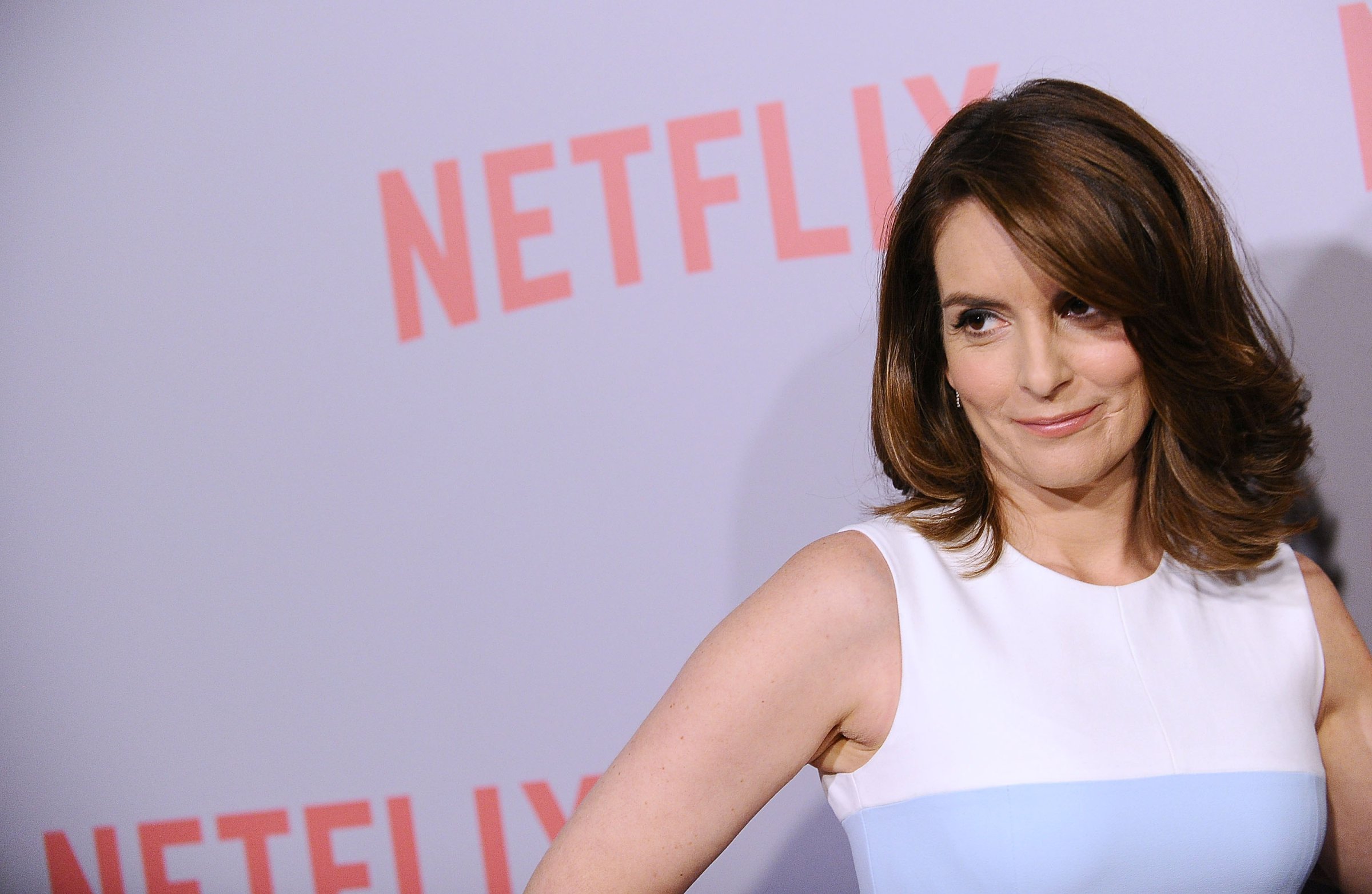
Tina Fey might be even more important to the future of television than we thought.
Leading up to this weekend’s Emmys Awards, during which a handful of female showrunners could upstage their male counterparts, a new study suggests that these women are more essential to achieving gender parity in Hollywood than previously thought. Shows with female creators and producers not only feature more female characters, but they also employ significantly more women as directors, writers and editors than shows run by men, according to this year’s “Boxed In” report from the Center for the Study of Women in Television and Film at San Diego State University.
The statistics, released Tuesday, come just days before Transparent creator Jill Soloway, Unbreakable Kimmy Schmidt creator Tina Fey and Orange Is the New Black creator Jenji Kohan will compete for Emmys gold in the best comedy and best drama categories—Kohan was the only female showrunner to earn such an honor last year—and bring renewed attention on their influence on the industry.
That annual report found on network television, for instance, women make up 50% of the writing staff on shows created by women but just 15% of the writing staff on shows created by men. Similarly, in shows with a female executive producer, women account for 32% of the writers, while on shows with no female executive producer, the writing staff is 6% female.
MORE: TIME’s 2015 Emmys Predictions
Whether women are in charge also affects how many female characters appear on the show. On network, cable and streaming television shows, 42% of the characters on programs with at least one woman executive producer are female. That number drops to 35% on shows with no female executive producers.
“The findings suggest that creators and executive producers play an instrumental role in shifting the gender dynamics for both on-screen characters and other individuals working in powerful behind-the-scenes roles,” Martha Lauzen, executive director of the program, said in a press release.
The annual report tallies up the number of women working both in front of the camera and behind the scenes on network television, cable television and Netflix. (Other streaming services, including Amazon and Hulu were not included in the study this year.) As in previous years, women continue to be underrepresented both onscreen and behind the scenes on television.
Women account for just 27% of all creators, directors, writers, executive producers, editors and directors of photography on broadcast programs and 25% of those working in those roles on broadcast, cable and Netflix. An astonishing 45% of network shows employ 4 or fewer women in these behind-the-scenes roles, while only 4% of the shows employ 4 or fewer men.
Onscreen, female characters continue to be younger than their male counterparts on network TV shows. The majority of female characters (60%) were in their 20s and 30s, while the majority of male characters (55%) were in their 30s and 40s.
MORE: The Arrival of the Totally Dark, Utterly Irresistible Female Anti-Hero
But women are beginning to make headway in the industry, albeit slowly. This year, women comprised 23% of creators and 26% of executive producers on network television, both up three points from last year. Women accounted for 26% of total writers on broadcast TV and 14% of directors, both up one percentage point from last year.
The progress can be largely attributed to women like Soloway, Fey and Kohan who employ more inclusive staffs. Notably, all three of their shows are much more diverse racially and in terms of sexual identity than many of the shows they are competing against. Soloway has earned praise for her portrayal of trans life, Kohan for her realistic take on an ethnically diverse prison and Fey for creating the first 30-minute comedy in recent memory without a white man as one of the main characters.
The same can be said of showrunner Ilene Chaiken’s Empire and super-producer Shonda Rhimes’ Grey’s Anatomy, Scandal and How to Get Away With Murder, both of whom produced shows this year with the chance to make television history: Either Empire’s Taraji P. Henson or How to Get Away With Murder’s Viola Davis could be the first black woman to women in the best actress in a drama category.
Whether or not any of these women win, this year’s awards—coupled with this study—indicate that women in television’s efforts to help and promote others in the industry is finally paying off.
Read Next: How TV Sex Got Real
More Must-Reads from TIME
- Donald Trump Is TIME's 2024 Person of the Year
- Why We Chose Trump as Person of the Year
- Is Intermittent Fasting Good or Bad for You?
- The 100 Must-Read Books of 2024
- The 20 Best Christmas TV Episodes
- Column: If Optimism Feels Ridiculous Now, Try Hope
- The Future of Climate Action Is Trade Policy
- Merle Bombardieri Is Helping People Make the Baby Decision
Write to Eliana Dockterman at eliana.dockterman@time.com